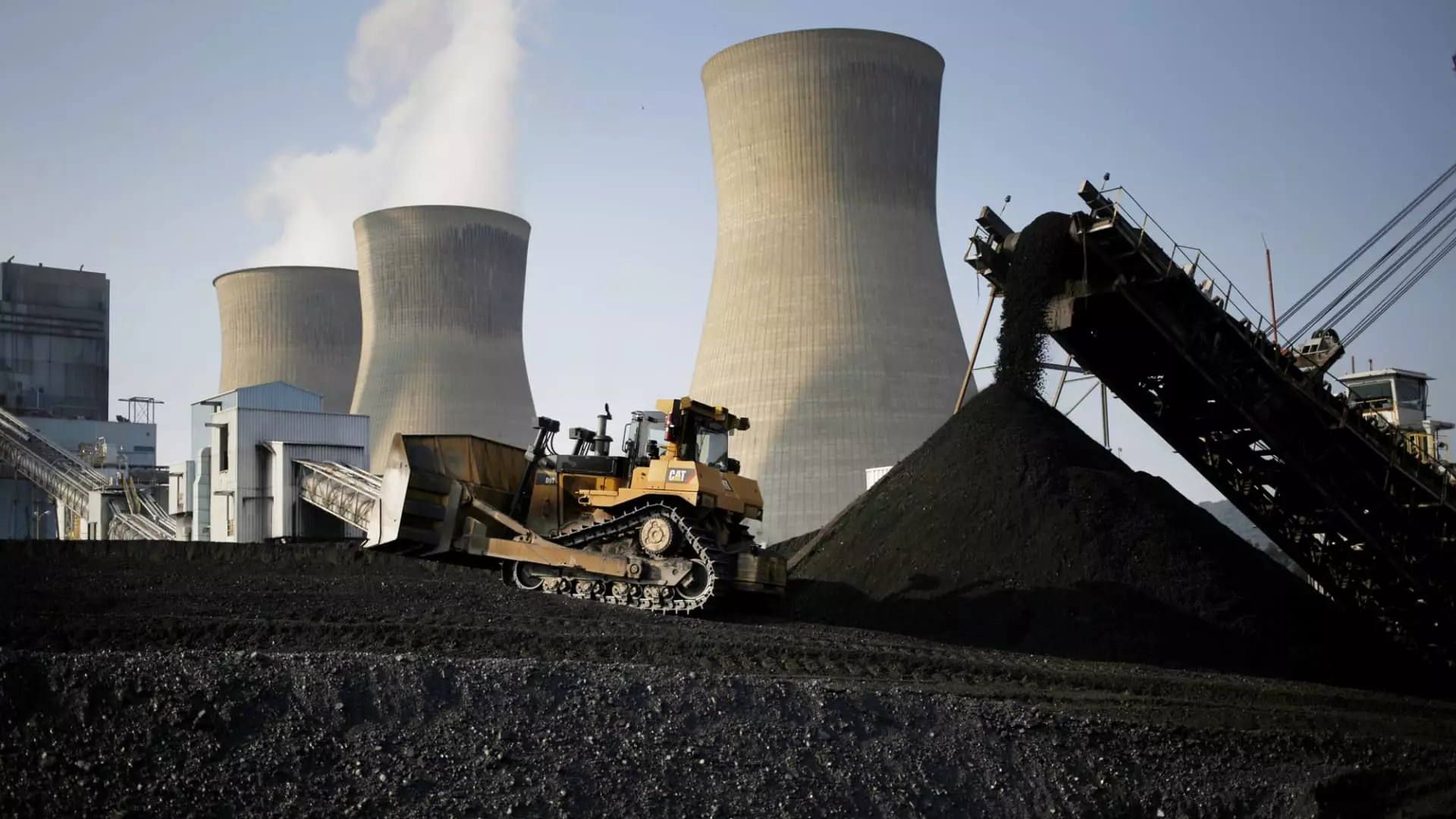As the world grapples with an increasing demand for electricity, the subject of nuclear energy has once again entered the spotlight. Strategy and foresight are crucial as the United States prepares to augment its energy portfolio. According to Mike Goff, the acting assistant secretary for the Office of Nuclear Energy within the Department of Energy, the U.S. needs to significantly enhance its nuclear energy capacity to meet electricity requirements and combat climate change. Goff advocates for a tripling of the current nuclear fleet, highlighting the pressing need to generate additional baseload electricity while drastically cutting carbon-dioxide emissions.
With its 94 operational reactors producing approximately 100 gigawatts of power and supplying over 18% of the nation’s electricity as of 2023, the U.S. currently boasts the largest nuclear fleet globally. However, Goff’s insight reveals that, to align with future demands, the nation could benefit from adding 200 gigawatts of nuclear power to its infrastructure. This ambitious project equates to the construction of around 200 new plants, which represents both a challenge and a pivotal opportunity for energy policymakers and stakeholders.
The decision to restart the Three Mile Island nuclear facility by 2028 marks what many see as a significant stride toward revitalizing the nuclear industry in the U.S. The facility’s prior operational history—halted in 2019 for economic reasons, not safety concerns—gives rise to optimism. Notably, it’s essential to clarify that the unit set for revival is not the one involved in the infamous 1979 incident; it’s a distinct reactor designed to provide an uninterrupted electricity supply that aligns with contemporary corporate energy needs.
The expansion of large data centers, which can consume close to a gigawatt of electricity, underscores the necessity for a reliable source of 24/7 clean energy. In this context, nuclear energy emerges as a well-suited solution due to its capacity to meet these specific requirements consistently and efficiently.
Although restarting existing reactors plays a crucial role in meeting short-term energy needs, Goff is candid about the challenges: the number of facilities with potential for revival is limited. Therefore, the focus must shift toward long-term strategies that involve the construction of new reactors across the nation. Communities traditionally reliant on coal could play a pivotal role in this transition as the U.S. embarks on phasing out coal generation and seeking alternative energy sources.
According to a recent Department of Energy report, retired coal plants, as well as those scheduled for cessation, could serve as strategic sites for new nuclear developments. These locations, already equipped with essential transmission lines, will cut down on the logistical hurdles associated with erecting new energy facilities. Additionally, leveraging the existing workforce familiar with energy production offers a streamlined transition to nuclear energy roles, potentially realizing a notable reduction in associated costs.
Goff notes that establishing new reactors on former coal sites could yield significant financial savings, potentially around 30% compared to starting from scratch. This highlights the dual benefits of adjusting energy strategies: promoting job transitions within affected communities while also capitalizing on pre-existing infrastructure.
Nevertheless, the challenges surrounding the expansion of the nuclear fleet are not solely infrastructural. Historical projects, such as the Vogtle plant in Georgia—which faced extensive cost overruns and delayed timelines—underscore the financial and operational complexities involved in nuclear plant expansions. In light of this, the possibility of advancing smaller, advanced reactor designs emerges as a promising avenue. Proponents believe that scaling these smaller reactors could lead to increased electricity generation, attracting investments and hastening their commercial rollout.
Furthermore, evolving economic dynamics, augmented by subsidies from initiatives like the Inflation Reduction Act, are redefining the fiscal landscape for nuclear energy. The growing acknowledgment of nuclear power as a crucial component in achieving a carbon-free future has led to a paradigm shift in how its value is perceived. Goff emphasizes the renewed importance of nuclear energy as a dependable source of clean, baseload electricity—a need that is increasingly recognized across both regulated and non-regulated utility markets.
The anticipated reactivation of reactors like those at Three Mile Island and the Palisades plant in Michigan represent crucial milestones in the rebirth of U.S. nuclear power. However, the road forward is complex and requires careful planning and coordination among various stakeholders, including regulatory bodies like the Nuclear Regulatory Commission.
Ultimately, while restarting existing reactors offers momentary relief, the focus must also include the long-term objective of establishing new plants. The potential for tapping into coal plant locations promises not only to help fulfill rising electricity demands but also to ensure environmental sustainability. Through concerted efforts, a larger, more resilient nuclear fleet may indeed become an integral part of America’s clean energy future.

Leave a Reply